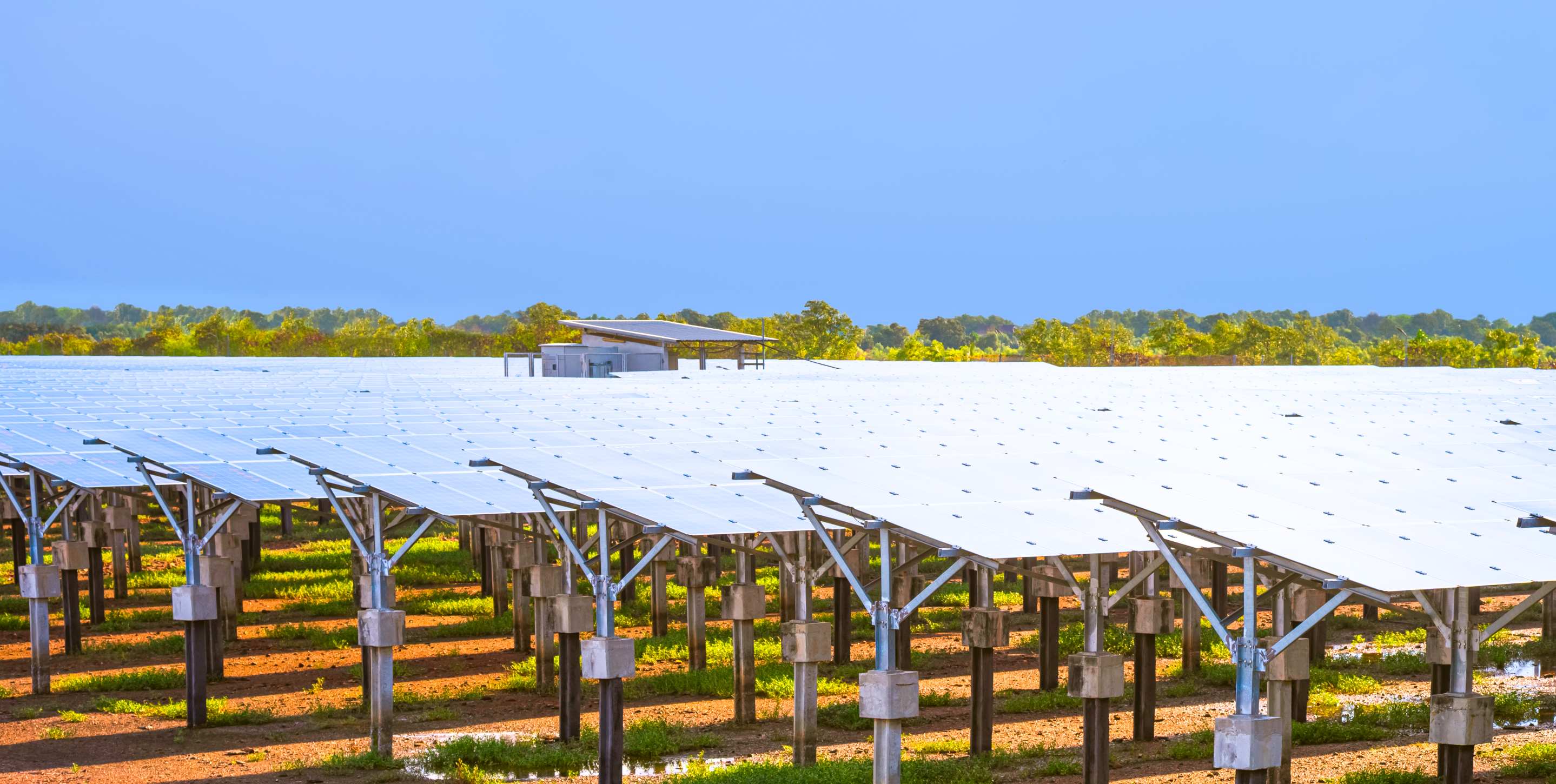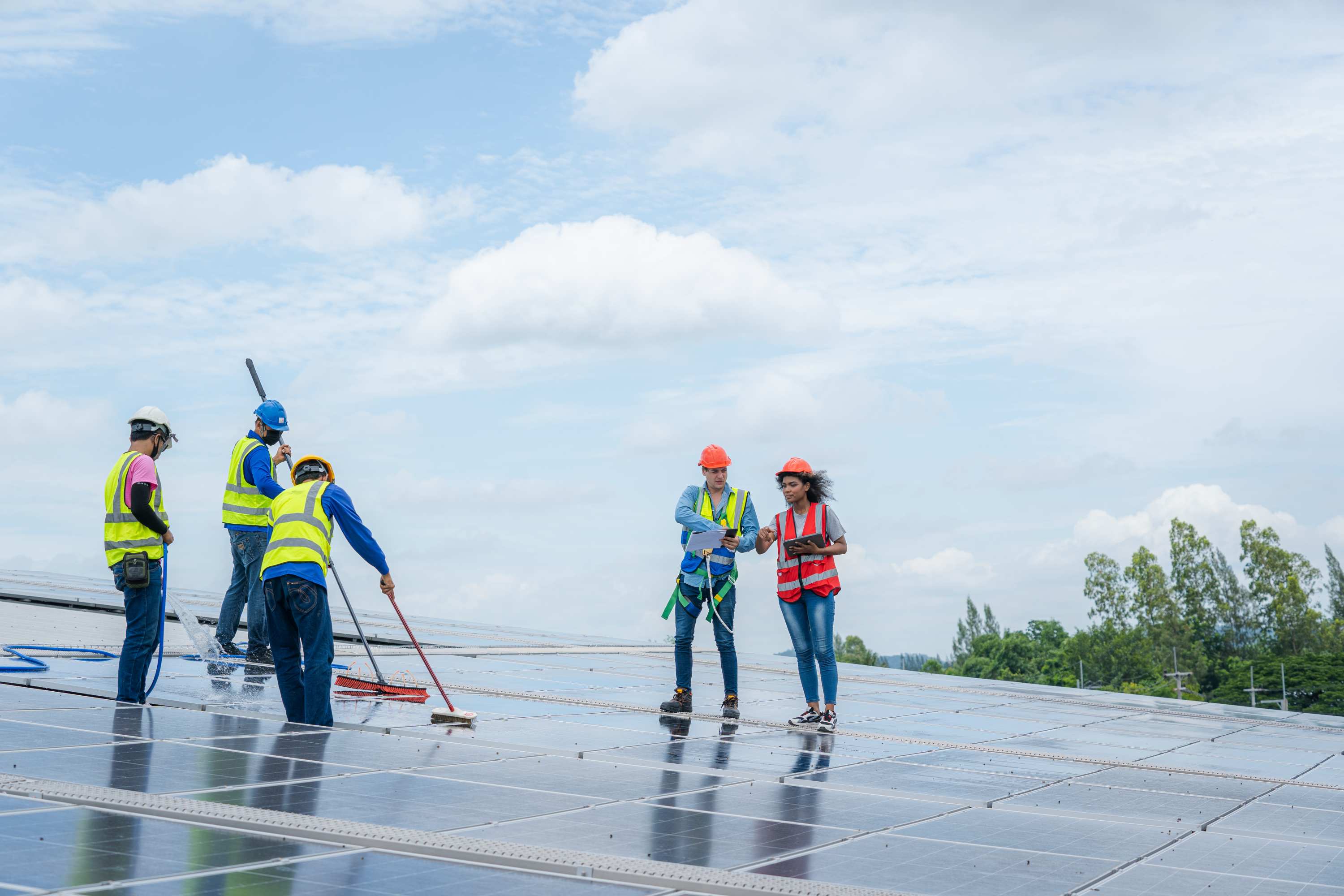Solar energy plays a central role in the global transition to sustainable power sources. With installations increasing in both residential and commercial sectors, the performance of photovoltaic (PV) systems is under increasing scrutiny. While panel orientation, shading, and panel quality are often highlighted, one critical factor is frequently underestimated: the accumulation of dirt and debris on the surface of solar panels.
Field studies and laboratory tests increasingly show that even a thin layer of dust, pollen, or bird droppings can significantly reduce solar output. This reduction in efficiency translates into financial loss over time and compromises the effectiveness of green energy investments.
Why surface cleanliness is essential for photovoltaic efficiency
Solar panels generate electricity by absorbing sunlight and converting it into energy. The surface of a panel is specifically designed to maximize light absorption. Any obstruction—whether from dust, pollution, or biological material—reduces the amount of light reaching the photovoltaic cells.
In technical terms, this obstruction decreases the irradiance that hits the panel surface, which directly lowers the output current. The loss in efficiency can be linear or exponential, depending on the type and distribution of the dirt. In arid climates, where dust is prevalent, losses up to 30% have been recorded over time.
Types of dirt and their effects on energy yield
Dirt on solar panels is not homogenous. It varies depending on environmental conditions, geographical location, and panel installation type. Typical soiling agents include:
- Atmospheric dust: Especially in dry or desert regions.
- Pollen: Common in rural and suburban areas with dense vegetation.
- Bird droppings: Often found on urban or rooftop panels.
- Industrial pollution: More common near manufacturing plants or high-traffic roads.
Each of these types has a different texture, reflectivity, and moisture retention, all of which influence how much they block light or affect heat transfer. Bird droppings, for example, are particularly problematic as they do not wash away easily with rain and may cause localized hot spots on the panels.
Climate and weather patterns influence soiling severity
Weather plays a significant role in both the accumulation and natural cleaning of solar panels. Rain, in many cases, can help remove some dirt, but it is not always sufficient to fully clean the surface—especially in areas with acid rain or minimal rainfall.
High humidity can cause dust to adhere more strongly to the panel surface, while wind can both deposit and remove particles depending on velocity and direction. Seasonal changes also influence pollen and particulate levels in the air, creating cycles of higher and lower efficiency throughout the year.
Economic implications of reduced solar output
The decrease in panel performance due to dirt accumulation has direct financial consequences. A solar array that consistently operates at 80% capacity instead of 100% will yield significantly less energy over its lifetime. This leads to longer payback periods and lower returns on investment.
Furthermore, larger installations that rely on solar production estimates for grid input or subsidy calculations may face contractual or financial penalties if output drops below expected thresholds.
An increasing number of commercial operators, such as vanHoutumprojecten, are incorporating regular panel maintenance into their solar installation services to safeguard long-term efficiency.
The role of tilt angle and panel positioning
Solar panels installed at an angle are less prone to dirt buildup than flat-mounted panels. The tilt encourages runoff during rain, which helps wash away loose particles. However, if the tilt is too shallow, water may pool and leave mineral deposits that can be just as detrimental as dirt.
Moreover, panels located near trees or ventilation systems may accumulate more organic material or dust. Positioning panels with consideration for airflow, elevation, and surrounding structures is essential to minimize soiling.
Self-cleaning coatings and their effectiveness
In response to the soiling issue, some manufacturers offer self-cleaning coatings on their panels. These hydrophobic or photocatalytic surfaces aim to repel water and break down organic compounds using UV light.
While these technologies can reduce maintenance frequency, they are not a substitute for cleaning. Field tests show that coated panels still lose efficiency over time, albeit at a slower rate. The coatings may also degrade, especially in environments with high UV exposure or frequent temperature changes.

Cleaning practices and maintenance intervals
There is no one-size-fits-all answer to how often solar panels should be cleaned. The optimal cleaning frequency depends on local environmental factors and the type of dirt present. However, neglecting cleaning altogether leads to cumulative efficiency losses.
Manual cleaning with purified water and soft brushes is common, though it can be labor-intensive and costly for large installations. Robotic cleaning systems are emerging, particularly for utility-scale solar farms. These systems use sensors to detect soiling levels and automatically schedule cleaning when performance drops beyond a certain threshold.
Monitoring systems for performance tracking
Advanced monitoring systems can now detect performance anomalies in real time. By comparing energy output with expected values based on weather data, system operators can identify soiling issues without direct visual inspection.
These systems can be integrated into a broader energy management platform, enabling predictive maintenance rather than reactive cleaning. Combined with weather forecasting, this approach minimizes unnecessary interventions while maximizing efficiency.
Solar panel performance in real-world conditions
Laboratory tests often assume ideal conditions, but real-world installations face constant exposure to variable environments. A 2021 study published in Renewable Energy journal examined 25 installations across Europe and concluded that average losses due to soiling ranged from 5% to 15% annually, depending on location.
In Cyprus and other Mediterranean climates, where sunlight is abundant but dust levels are moderate, periodic cleaning can improve panel performance by as much as 12%. Regular monitoring and context-specific maintenance protocols are essential to maintain optimal efficiency throughout the system’s lifespan.
What this means for sustainable energy planning
For solar energy to remain a cornerstone of sustainable power strategies, long-term performance must be maintained. Dirt accumulation, while often overlooked, poses a measurable threat to the reliability of PV systems.
Integrating automated cleaning, using predictive analytics, and designing installations with dirt-resistance in mind are vital steps toward ensuring that the promise of solar energy is not undermined by everyday environmental factors.
By proactively managing soiling, solar investors and operators can protect their assets and ensure that green energy continues to deliver on its promise.
Sources used for creating this article:







Click here to change your cookie preferences